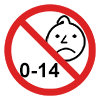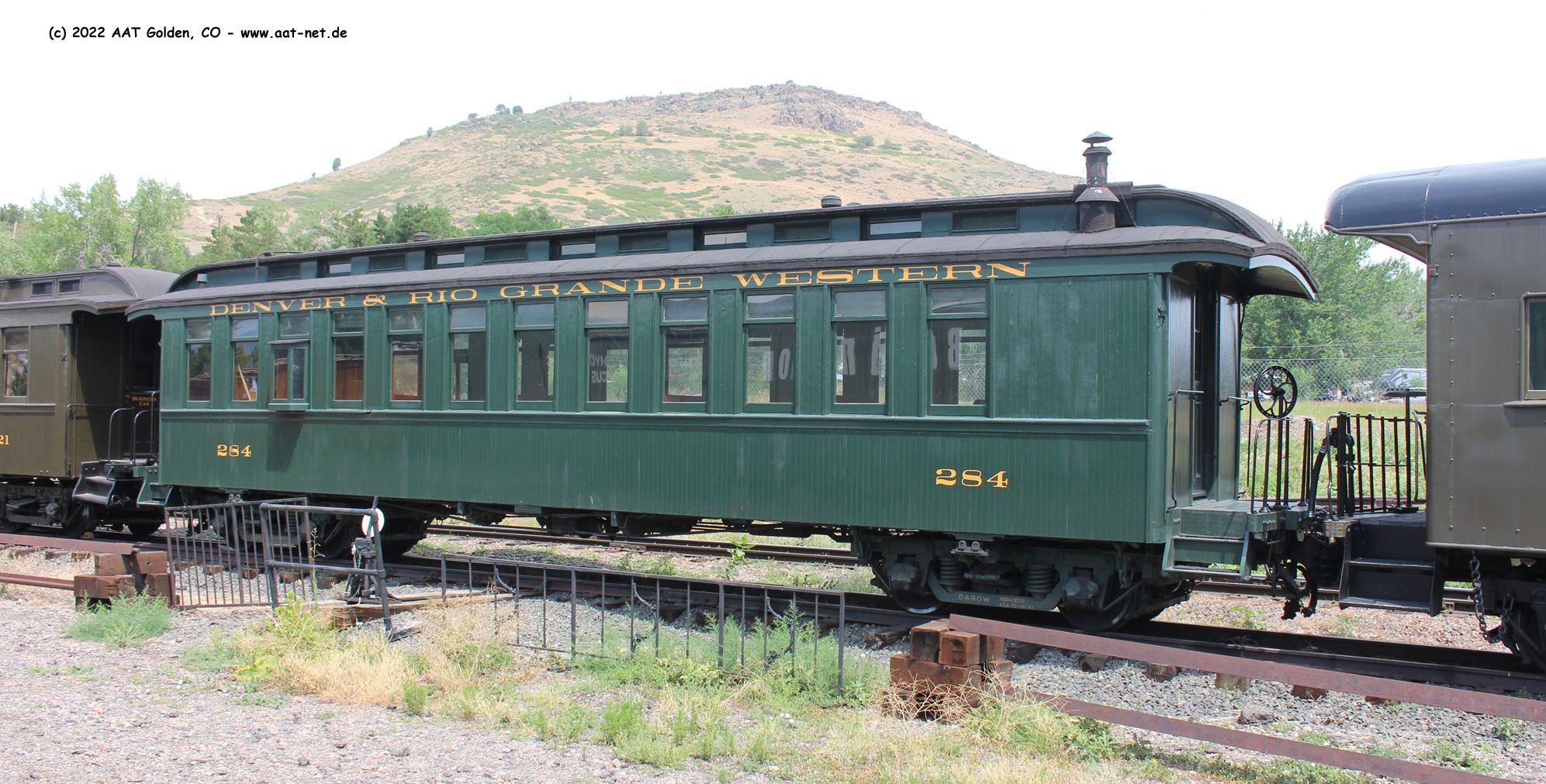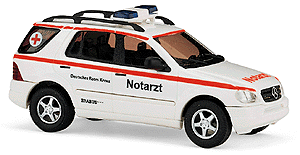Denver & Rio Grande Western
Additional information
| Color | |
|---|---|
| Manufacturer | |
| Product type | |
| Road number | |
| Series | |
| Track |
Description
Nineteenth century railway passenger equipment has carried a special mystique for rail lore enthusiasts and historians. While most freight cars were designed to be functional and minimally appointed to meet utilitarian demands, the flanged wheel carriages created for human cargo were often adorned with a unique variety of comforts to please the discriminating eye as well as to provide safe transport. As a result, railway coach design variations from the golden age of steam are countless. Out in the budding narrow gauge country of the Denver and Rio Grande Railroad, certain extravagances may have been curtailed in the relatively diminutive passenger equipment, but the thoughtful application of period woodworking designs, ornate seating and ceilings, and glossy varnished exteriors were nonetheless typical of Victorian era sensibilities.
Between 1880 and 1882, the Denver and Rio Grande Railway ordered approximately 60 narrow gauge coaches from the well established Jackson and Sharp Company based in Wilmington, Delaware. Not to be confused with other car style variations of the era, these latest Jackson and Sharp coaches (in excess of thirty eight feet in length) represented another milestone for the D&RG roster as passenger equipment was continuing to grow in physical characteristics as well as function. The original two-digit numbers (and names) assigned to these Jackson and Sharp cars were changed during the D&RG’s passenger car re-numbering effort in the mid 1880s. The post 1885 car numbers (falling between 263 and 321) would survive for the duration of these coaches’ service years. At an average cost of just under $4,000.00 each, the coaches were initially owned by the Colorado Rolling Stock Trust, an arrangement that would continue until the railroad would subsequently pay off the trust certificates and possess the cars outright.
As the years went by, the handsome Jackson and Sharp coaches would typify the open platform style of car used on the Colorado 3-foot gauge line well into the 1950s. Typical of D&RG(W) equipment, the coaches went through various transformations in the early years. By the early 1900s, many of the cars had been converted from the old “duckbill” style roofs to the “bullnose” style that was more prevalent in later years. In the 1920s, the cars were lowered and reinforced to accommodate operating safety concerns. By the 1930s, many of the D&RGW’s narrow gauge coaches had been re-built with double pane windows, and no longer bore the classic nineteenth century appearance of the arched, single pane variety. In 1942, National Railways of Mexico purchased a large group of D&RGW passenger cars and many of the Jackson and Sharp coaches headed south of the border for new duties.
Generally, the paint scheme for most of the D&RG passenger equipment prior to September of 1918 was Passenger Car Red (Tuscan) with gold leaf lettering. After 1918, the fleet was eventually re-painted with Pullman Green bodies and gold leaf lettering. In 1925 the use of gold leaf was discontinued and subsequent lettering was applied with yellow paint. In the 1930s, at least nine of the Jackson and Sharp coaches were noted as having a red paint scheme with unique livery, presumably for use with depression-era Civilian Conservation Corps trains in western Colorado.
Due to the efforts of many people and organizations, a small number of the Jackson and Sharp coaches exist to this day. Two wonderful examples still operate at the Colorado Railroad Museum (280 and 284), and the Huckleberry Railroad in Flint, Michigan (306 and 320). In the 1980s, the Durango and Silverton Railroad performed exquisite restoration work on the old 267 (now 257), 270, 291, and 311. In addition to these coaches that are regularly operating, a handful survive in various physical conditions around Colorado and New Mexico.

True scale and true to life miniature model for adult collectors.
Not suitable for children under 14 years.










